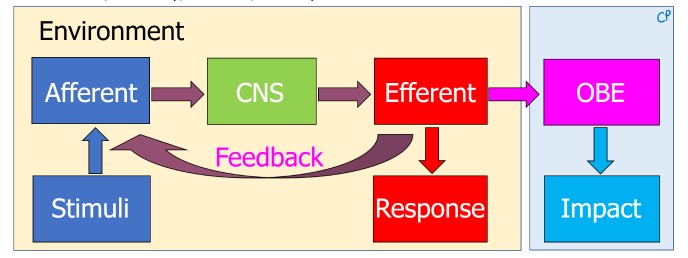Excel in Learning by Integrating the System Concept, the Physiology of Learning, and Innovative Learning
Keywords:
learning innovation, IPO model, memory formation, outcome-based educationAbstract
In the ever-evolving landscape of education, there is a growing recognition of the need for a holistic and integrated approach to learning that encompasses innovative pedagogical methods, an understanding of the physiological processes of learning, and a systemic perspective on education. This short review article, integrated with over 30 years of personal experience, delves into the multifaceted integration of innovative learning, the physiology of learning, and the system concept to provide a comprehensive framework for optimizing the learning experience.
The integration begins with a systematic breakdown of the system concept, comprising input, process, output, feedback, environment, outcome, and impact. This approach allows for a thorough examination of how these elements interact within the learning ecosystem.
The author explores the physiology of learning, delving into the intricate neural mechanisms that underpin neural pathways and synaptic connections, long-term potentiation, neurotransmitters, memory formation, emotion, and motivation. Understanding the brain's functions during learning provides valuable insights into how to design educational interventions that align with our cognitive processes.
In parallel, the author investigates innovative learning, emphasizing the role of technology, active learning, personalized approaches, and real-world applications. By leveraging digital tools, adaptive platforms, and data analytics, educators can tailor learning experiences to individual needs, fostering engagement and enhancing outcomes.
The systemic perspective frames education as a complex, interconnected web of inputs, processes, and outcomes, extending beyond the classroom to broader societal and economic impacts.
By intertwining these three dimensions, educators and instructional designers can create powerful and adaptable learning environments. These environments promote deeper understanding, critical thinking, and the acquisition of 21st-century skills, preparing learners to excel in an ever-changing world. This review article integrated the author's personal experience with neuroscience research and best practices, providing a roadmap for educational transformation that empowers learners to thrive in the digital age.
Downloads

Downloads
Published
Issue
Section
License
Copyright (c) 2025 Journal of Innovative Learning

This work is licensed under a Creative Commons Attribution-NonCommercial-NoDerivatives 4.0 International License.

